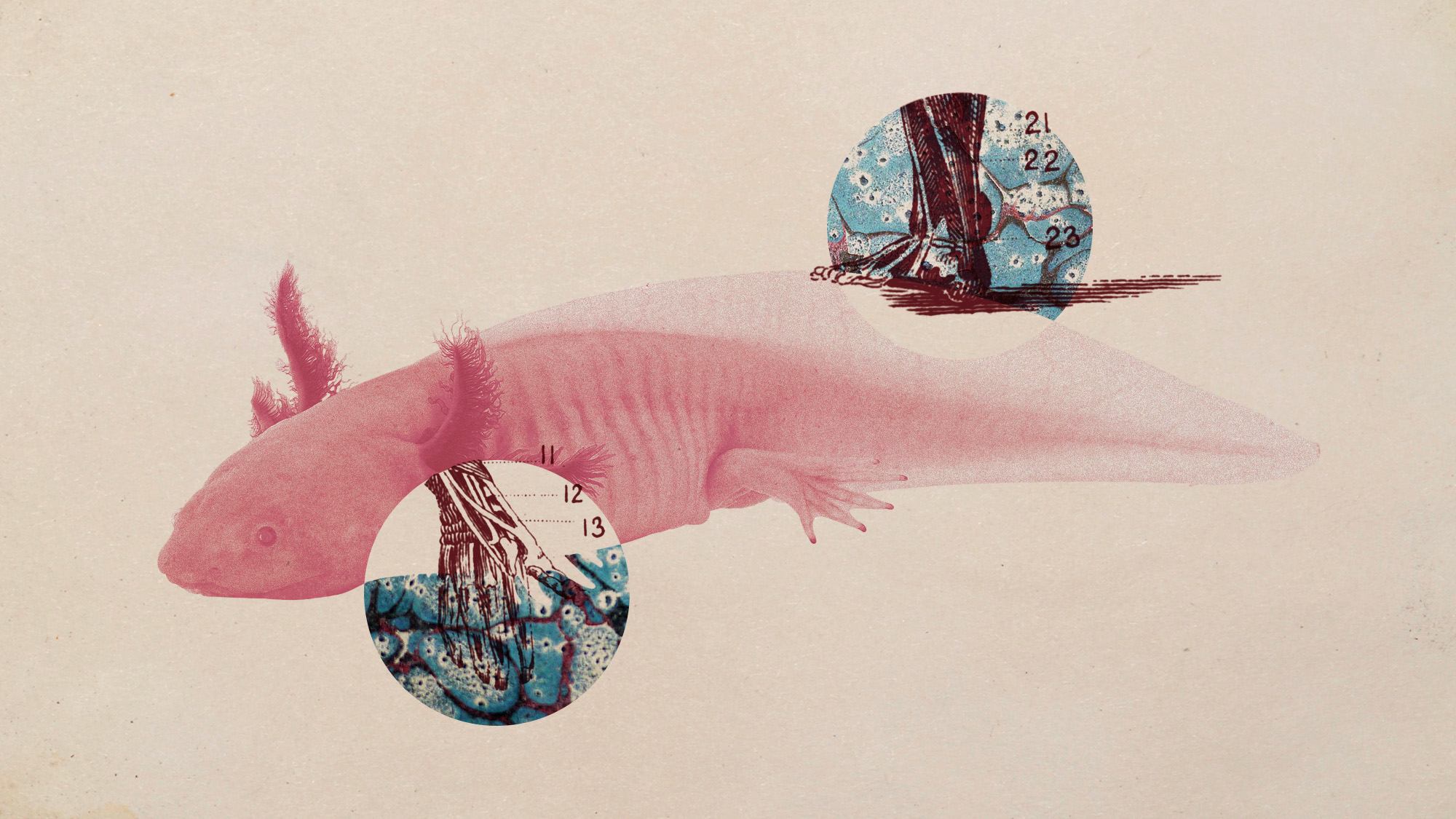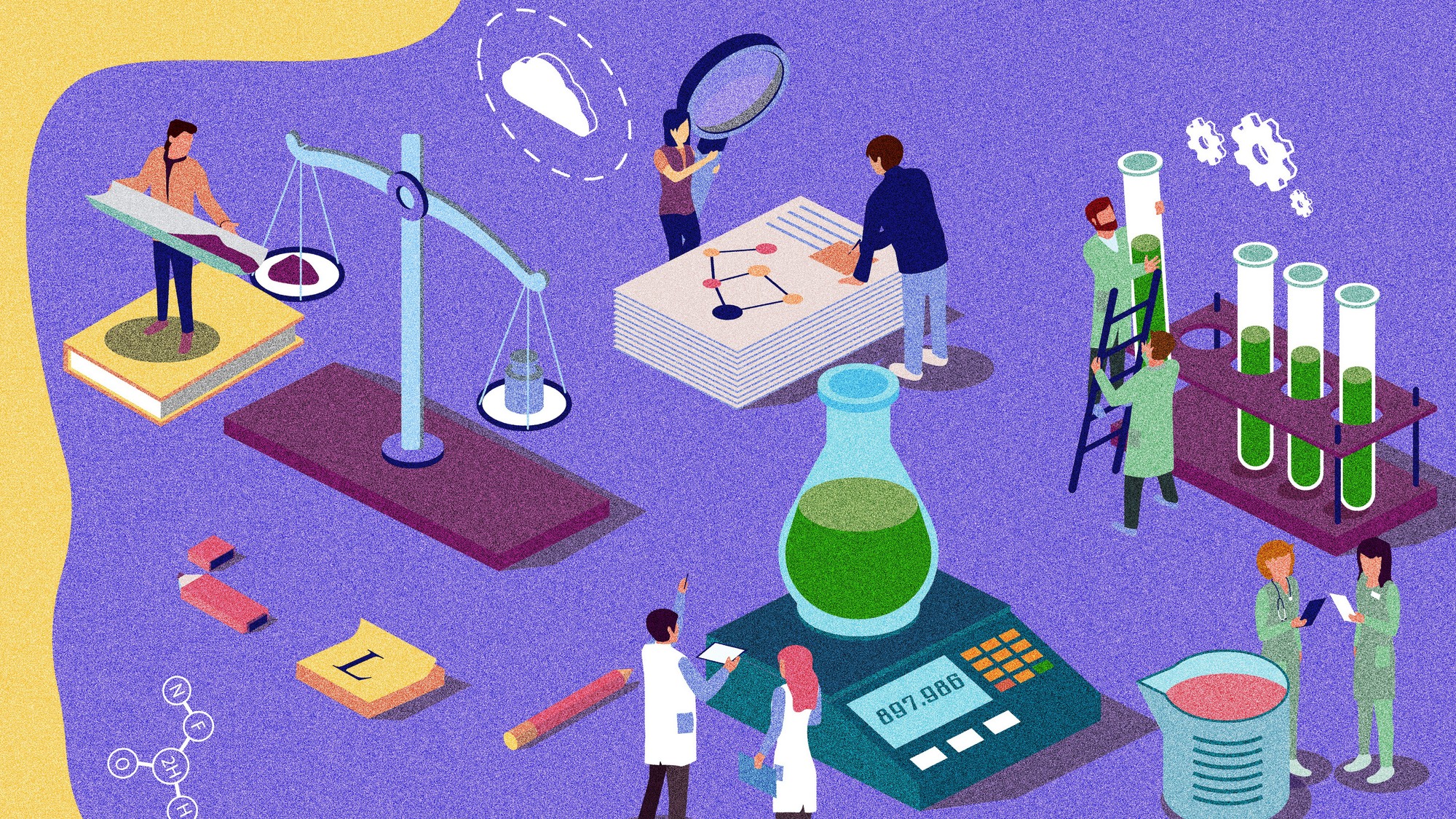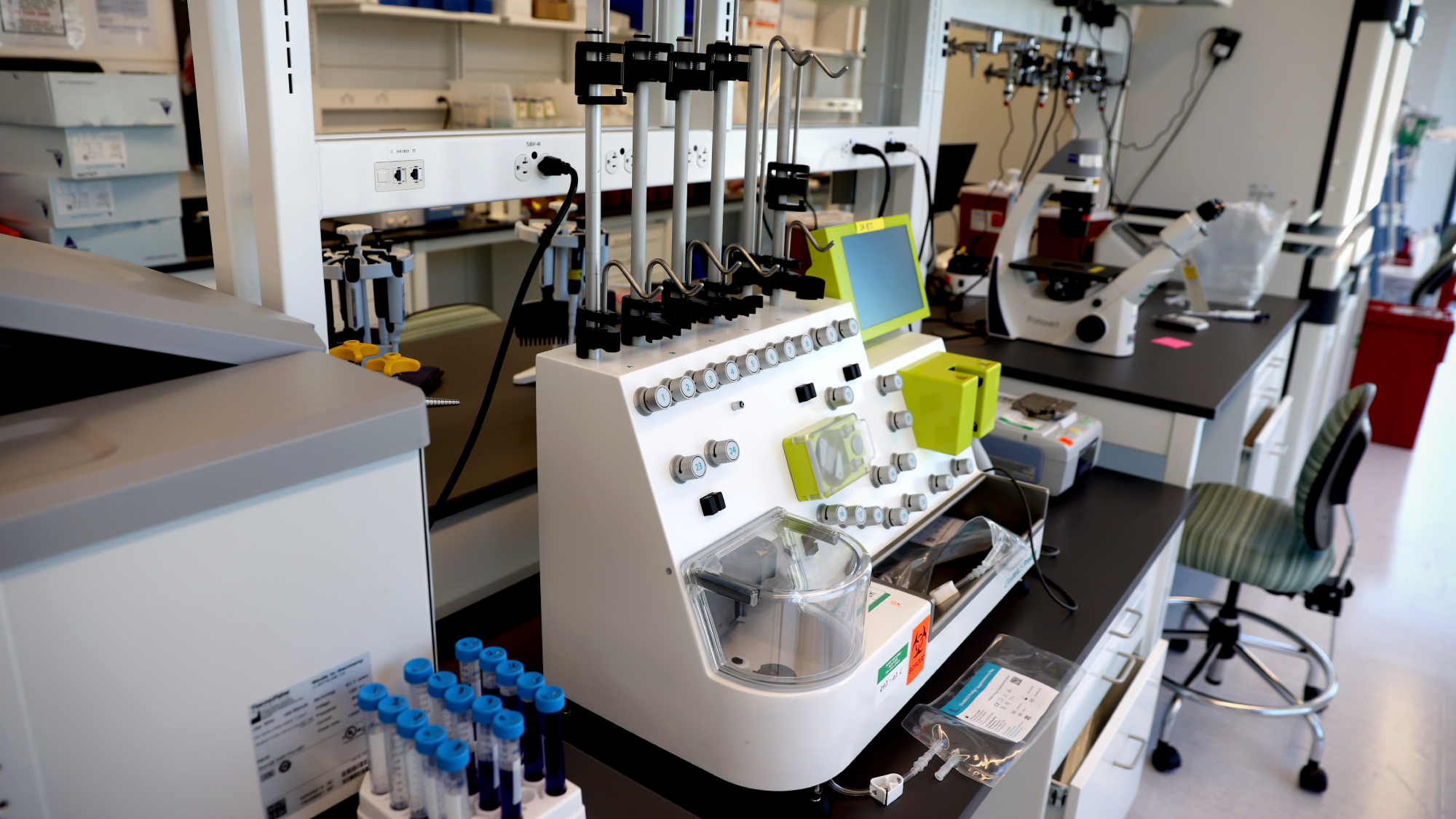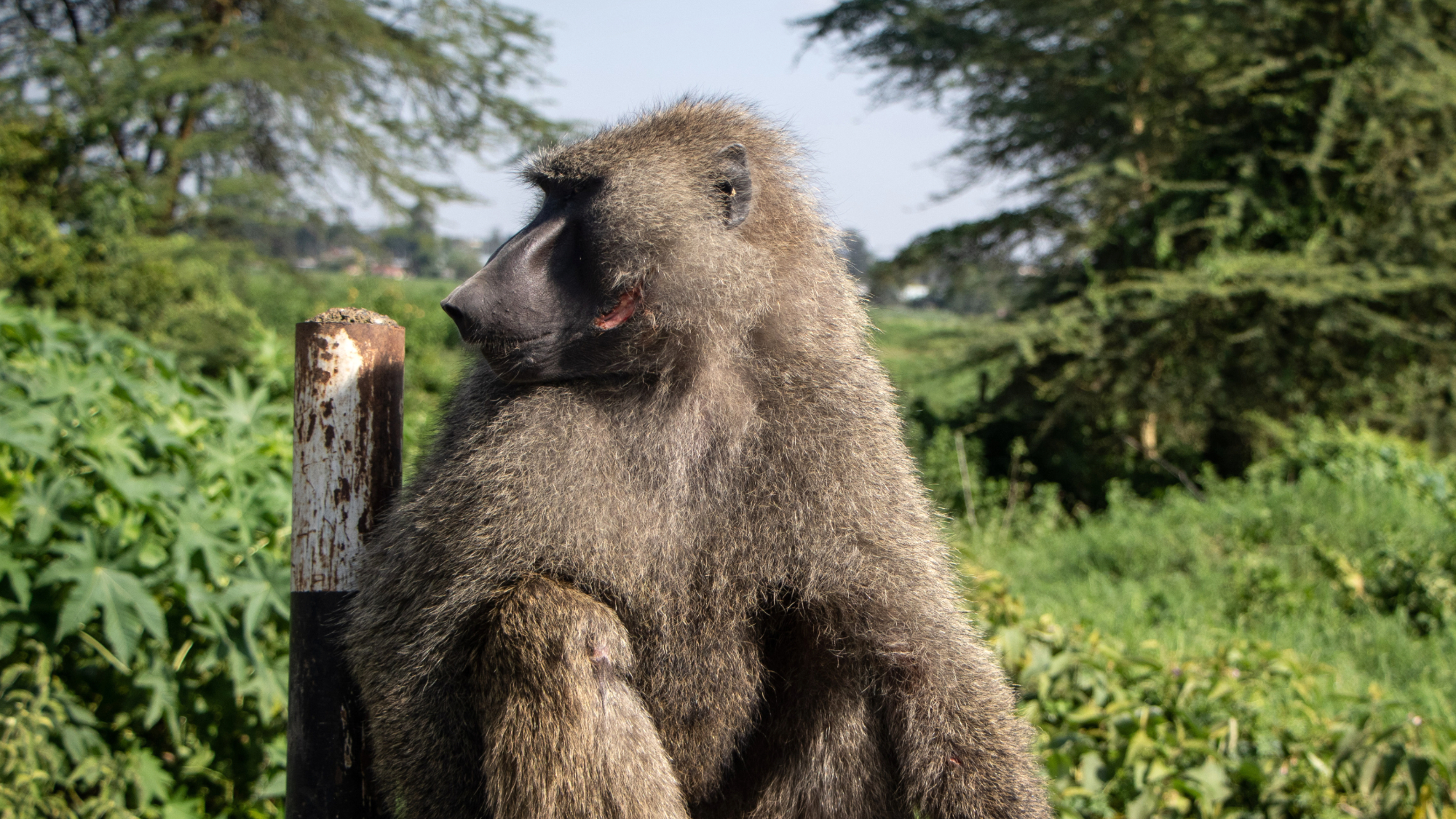Health & Science
Why frogs are disappearing; Our fungal inhabitants; Roach survival secrets; The hazards of hoarding
Why frogs are disappearing
Amphibians may be the canary in the environmental coal mine. A major new study of America’s frogs, salamanders, and toads by the U.S. Geological Survey (USGS) has concluded that these species are dying off at an alarming rate. Over nine years, the researchers observed 48 amphibian species in 34 locations—from the wetlands of Florida to the mountains of Colorado—and discovered that on average, their populations declined by almost 4 percent per year. Among 12 threatened species, the drop was even steeper, at 11.6 percent a year. If these declines continue, many amphibian species will disappear from more than half of their habitat in 20 years. Particularly disturbing is the fact that amphibians are disappearing from protected and unprotected areas alike—evidence that a complex combination of factors, including pesticide run-off and climate change, is taking a serious toll. Amphibians’ permeable skin and the fact that they spend part of their life cycle on both land and water make them more vulnerable to environmental changes than other creatures are. “Amphibians have been a constant presence in our planet’s ponds, streams, lakes, and rivers for 350 million years or so, surviving countless changes that caused many other groups of animals to go extinct,” USGS Director Suzette Kimball tells NPR.org. Yet “the pressures amphibians now face exceed the ability of many of these survivors to cope.’’
Our fungal inhabitants
The Week
Escape your echo chamber. Get the facts behind the news, plus analysis from multiple perspectives.

Sign up for The Week's Free Newsletters
From our morning news briefing to a weekly Good News Newsletter, get the best of The Week delivered directly to your inbox.
From our morning news briefing to a weekly Good News Newsletter, get the best of The Week delivered directly to your inbox.
Scientists are only beginning to understand how the trillions of bacteria that live in us and on us help regulate our mental and physical health. But they know even less about the fungi that also colonize humans. Researchers recently set out to map our fungi, and discovered that our feet harbor more than 100 types of fungi, 80 of which live on our heels alone. Our head and trunk, by contrast, are dominated by a single genus of fungus called Malassezia, which can cause dandruff. On average, two to 32 types of fungi reside on other areas of the body, including the hands, elbows, thighs, and groin. Most of that fungi is harmless and may even protect us from invading microbes that can cause diseases or fungal infections like athlete’s foot. The feet are probably fungal utopias because they’re cooler than the rest of the body and often marinate in sweat, study author Julie Segre tells the Los Angeles Times. “There is something about toenails that fungi just love,” she says.
Roach survival secrets
Cockroaches have a new defensive weapon to deploy against humans: Their brain chemistry has evolved to make sugar-sweetened traps taste repellently bitter. The hardy insects have always been attracted to sugar, which offers them an intense boost of energy, so in the 1980s, exterminators began using glucose as bait in insecticide traps. But within a decade, the traps stopped working. Now, entomologists at North Carolina State University have figured out why. Cockroaches have nerve cells on hairs all over their body that detect tastes and send electrical signals to the brain saying whether the substance they’re touching is sweet and edible, or bitter and potentially dangerous. Now, when most cockroaches taste sugar, they “jump back as though you’ve given them an electric shock,” study author Coby Schal tells Time
.com. Researchers think that when humans started killing roaches with sugar-laced poison, natural selection encouraged the survival of roaches that were repulsed by sugar because of a rare mutation. Over time, as sugar-loving roaches died off, roaches with the mutation became the norm.
A free daily email with the biggest news stories of the day – and the best features from TheWeek.com
The hazards of hoarding
In its early stages, hoarding begins with an inability to throw away junk mail, newspapers, and magazines. Stacks of paper and junk turn into towers, and over time, hoarders find it increasingly difficult to throw anything away, including garbage. Once considered rare, hoarders make up 3 to 5 percent of the U.S. population, and more than 85 towns and cities have established task forces to deal with the hoarders in their communities, The New York Times reports. The behavior is still poorly understood, but brain scans of hoarders found that just the thought of disposing of junk mail or old newspapers causes abnormal activity in regions linked to decision-making. “There is safety, comfort, and value in their possessions,” says Randy O. Frost, a Smith College psychologist. As extreme clutter takes over, it buries ovens, showers, and beds. Utility bills get lost, and the water and lights are turned off, leading to unsanitary conditions and an alarming number of fires—started by candles lit in place of electricity—which can engulf neighboring homes. Many hoarders strongly resist any help with their problem. “A therapist told me I should at least throw out my papers, but I couldn’t,” a hoarder told local officials in California. “There were checks in there somewhere.”
-
 5 fairly vain cartoons about Vanity Fair’s interviews with Susie Wiles
5 fairly vain cartoons about Vanity Fair’s interviews with Susie WilesCartoon Artists take on demolition derby, alcoholic personality, and more
-
 Joanna Trollope: novelist who had a No. 1 bestseller with The Rector’s Wife
Joanna Trollope: novelist who had a No. 1 bestseller with The Rector’s WifeIn the Spotlight Trollope found fame with intelligent novels about the dramas and dilemmas of modern women
-
 Codeword: December 20, 2025
Codeword: December 20, 2025The daily codeword puzzle from The Week
-
 5 recent breakthroughs in biology
5 recent breakthroughs in biologyIn depth From ancient bacteria, to modern cures, to future research
-
 Bacteria can turn plastic waste into a painkiller
Bacteria can turn plastic waste into a painkillerUnder the radar The process could be a solution to plastic pollution
-
 Scientists want to regrow human limbs. Salamanders could lead the way.
Scientists want to regrow human limbs. Salamanders could lead the way.Under the radar Humans may already have the genetic mechanism necessary
-
 Is the world losing scientific innovation?
Is the world losing scientific innovation?Today's big question New research seems to be less exciting
-
 Breakthrough gene-editing treatment saves baby
Breakthrough gene-editing treatment saves babyspeed read KJ Muldoon was healed from a rare genetic condition
-
 Humans heal much slower than other mammals
Humans heal much slower than other mammalsSpeed Read Slower healing may have been an evolutionary trade-off when we shed fur for sweat glands
-
 Scientists map miles of wiring in mouse brain
Scientists map miles of wiring in mouse brainSpeed Read Researchers have created the 'largest and most detailed wiring diagram of a mammalian brain to date,' said Nature
-
 Scientists genetically revive extinct 'dire wolves'
Scientists genetically revive extinct 'dire wolves'Speed Read A 'de-extinction' company has revived the species made popular by HBO's 'Game of Thrones'